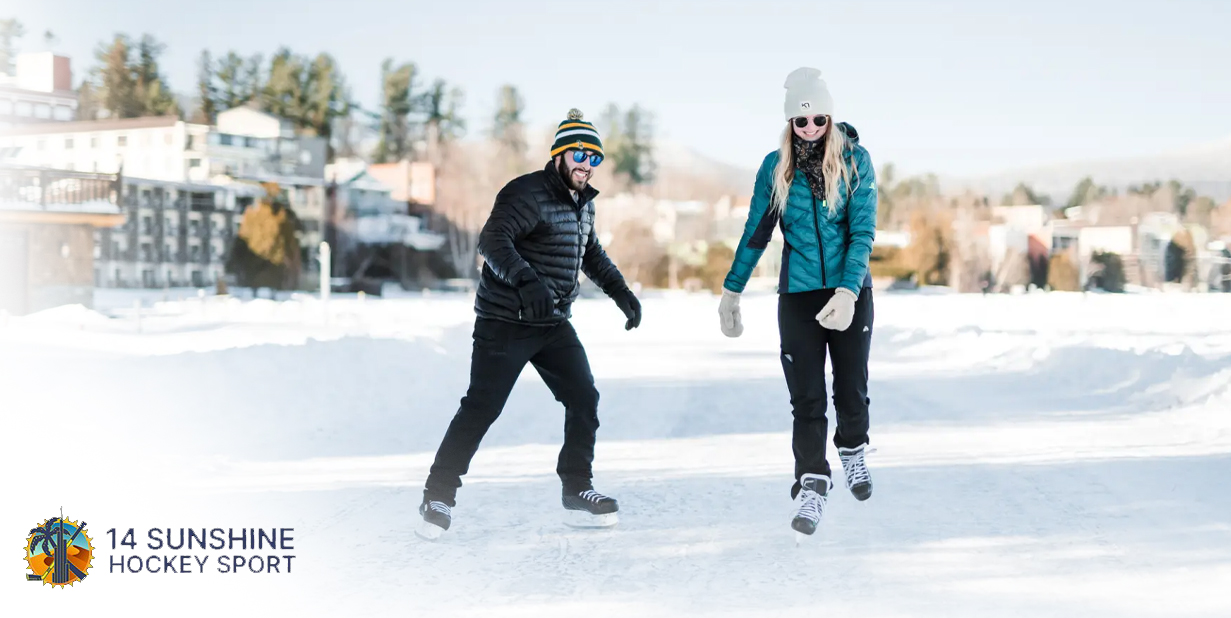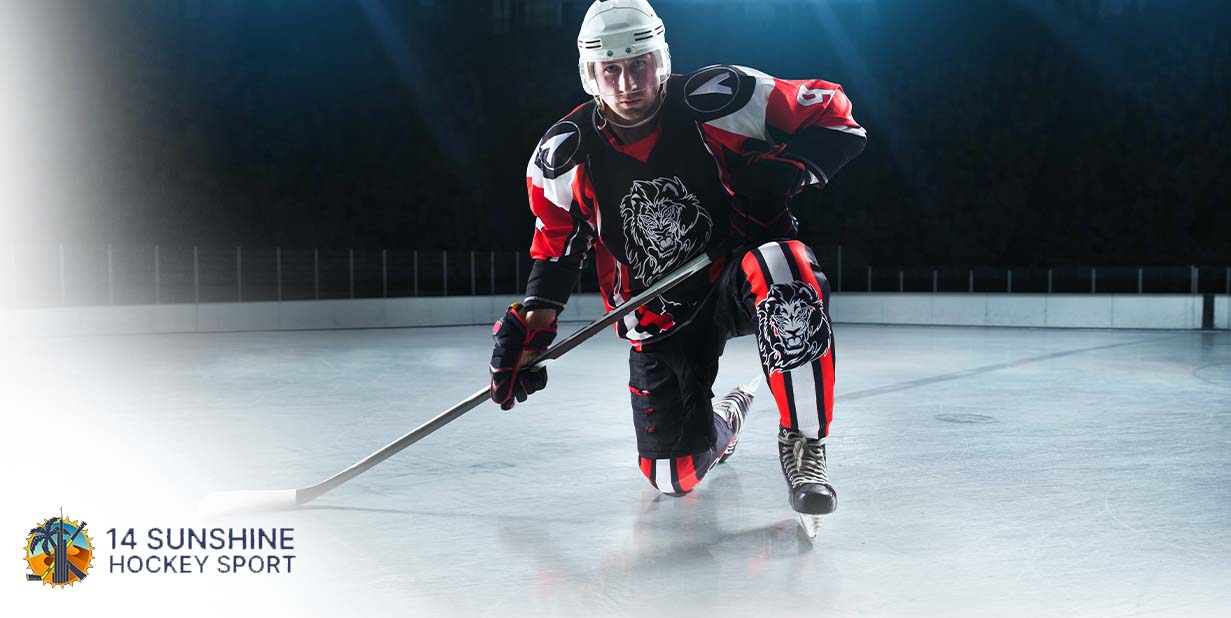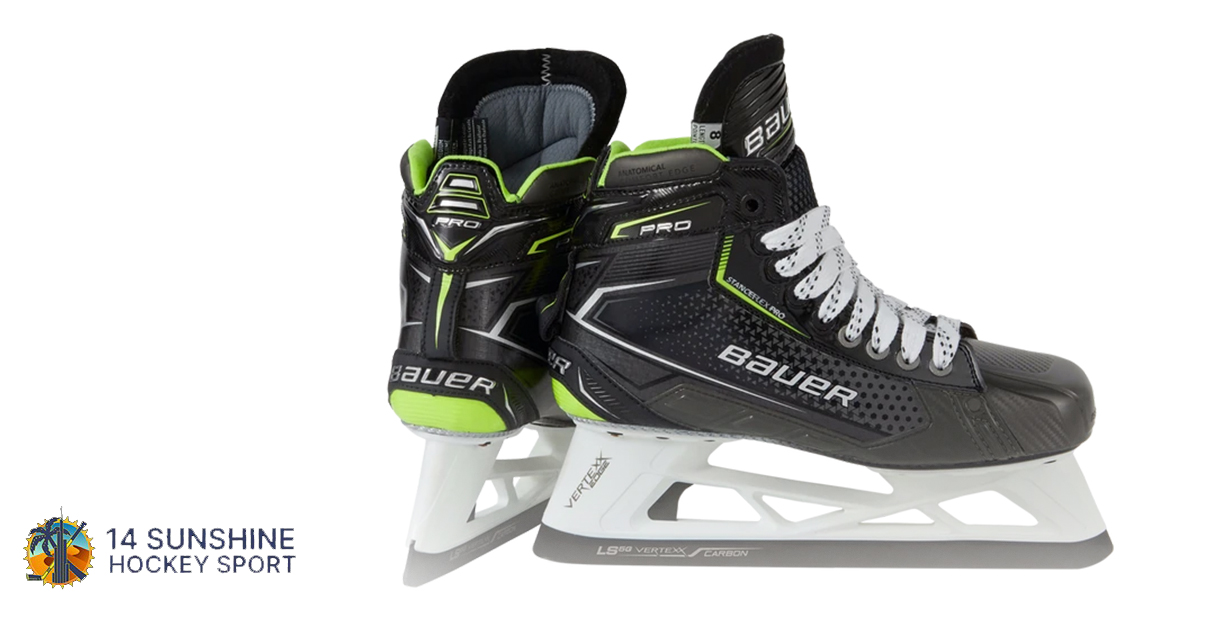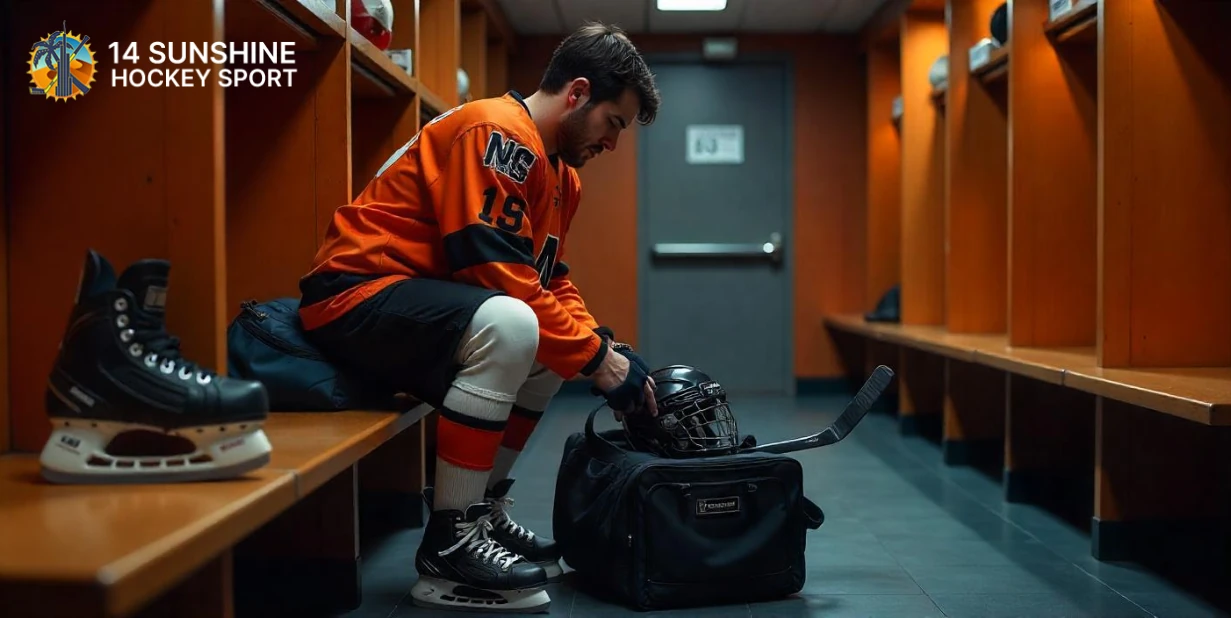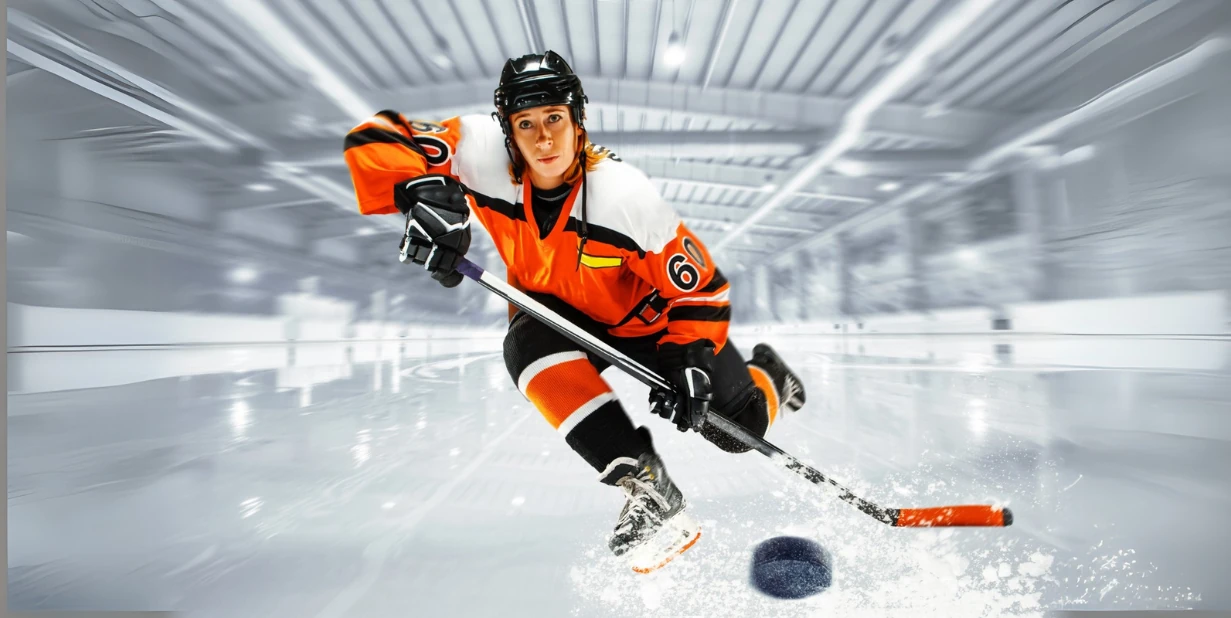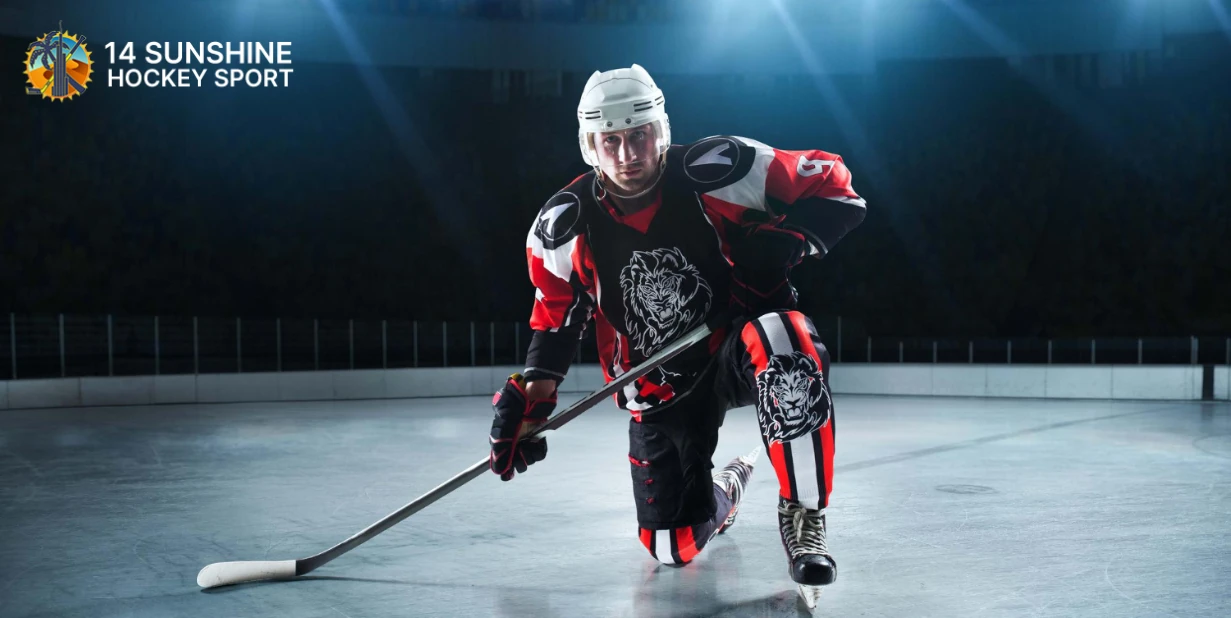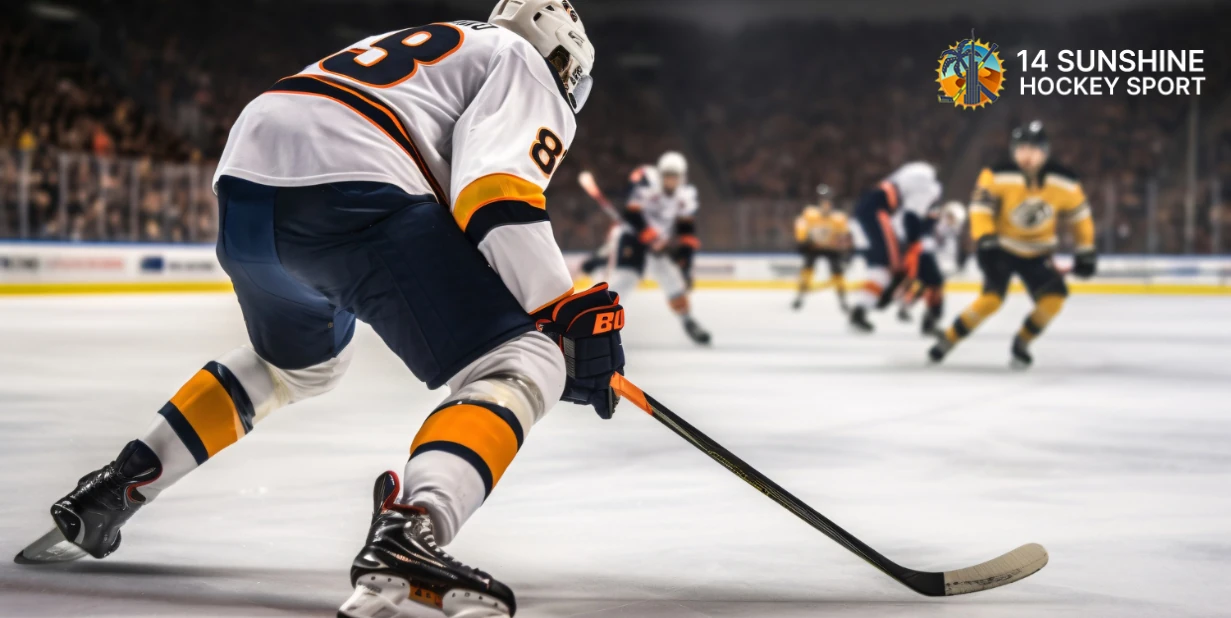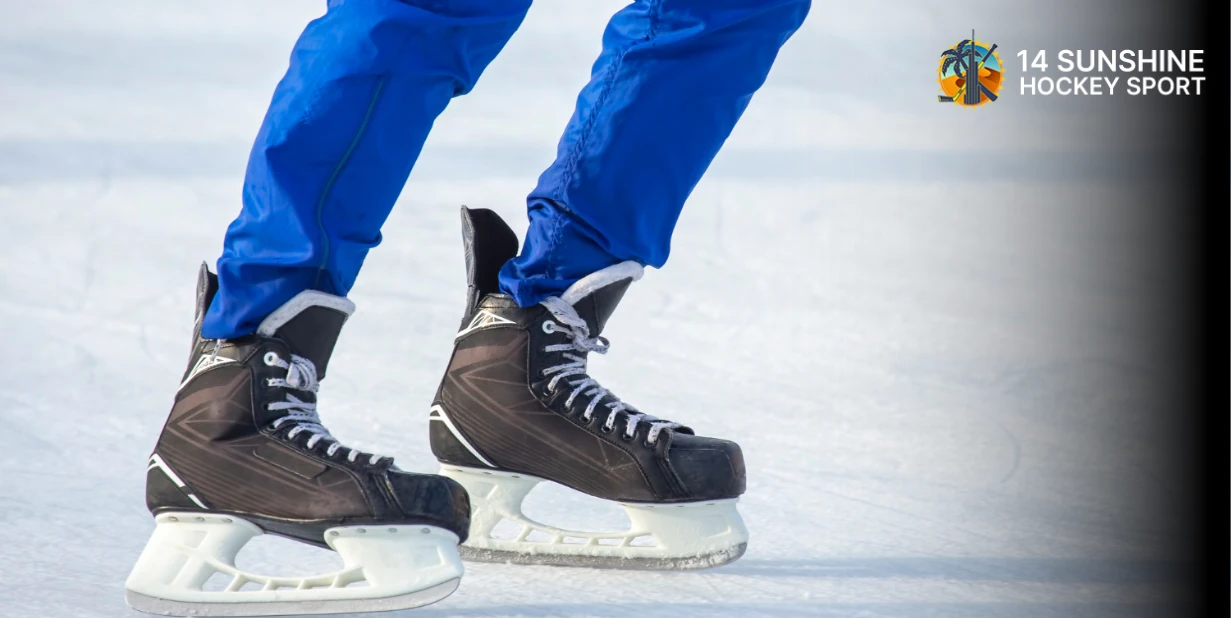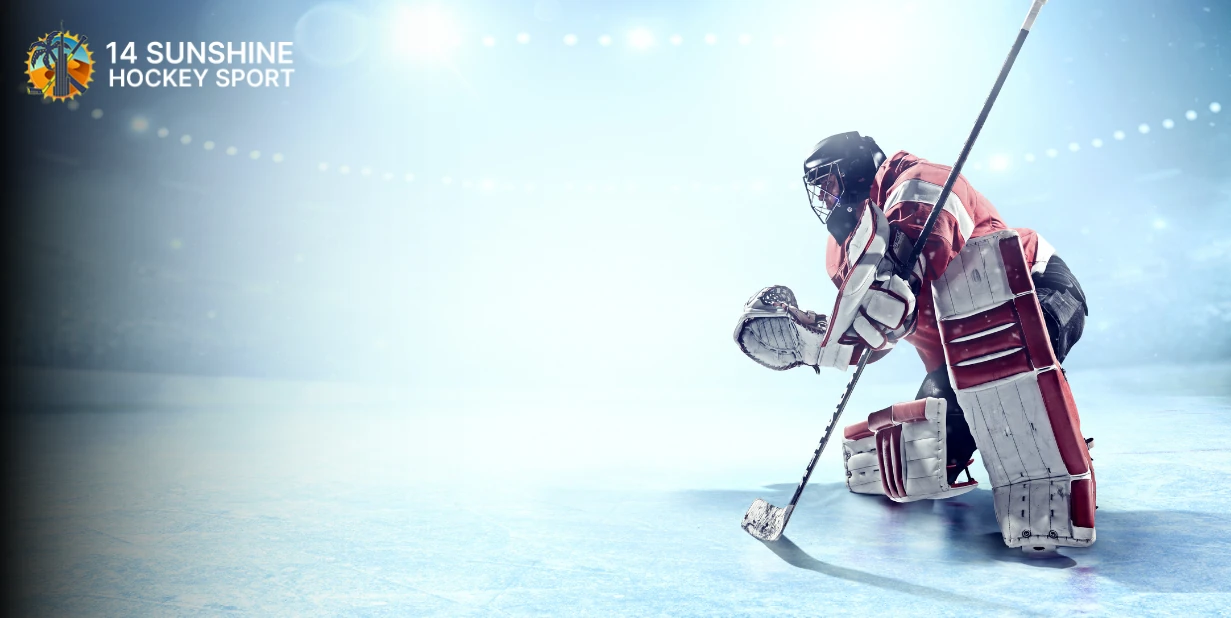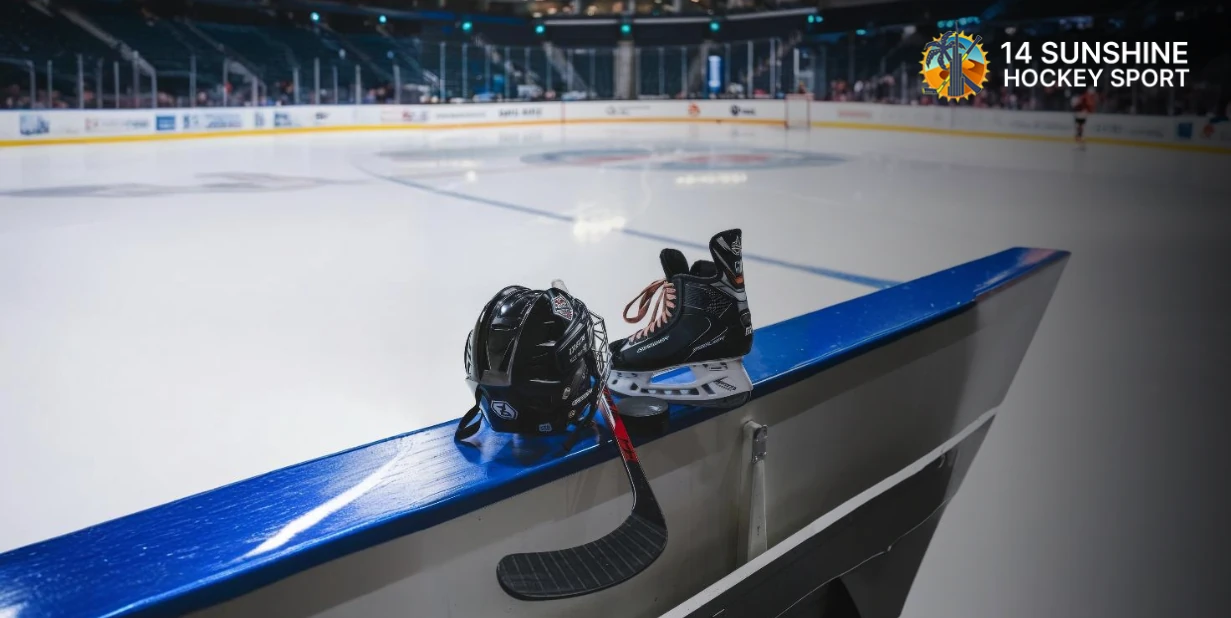How to Choose the Right Hockey Stick: Flex, Curve & Length Explained
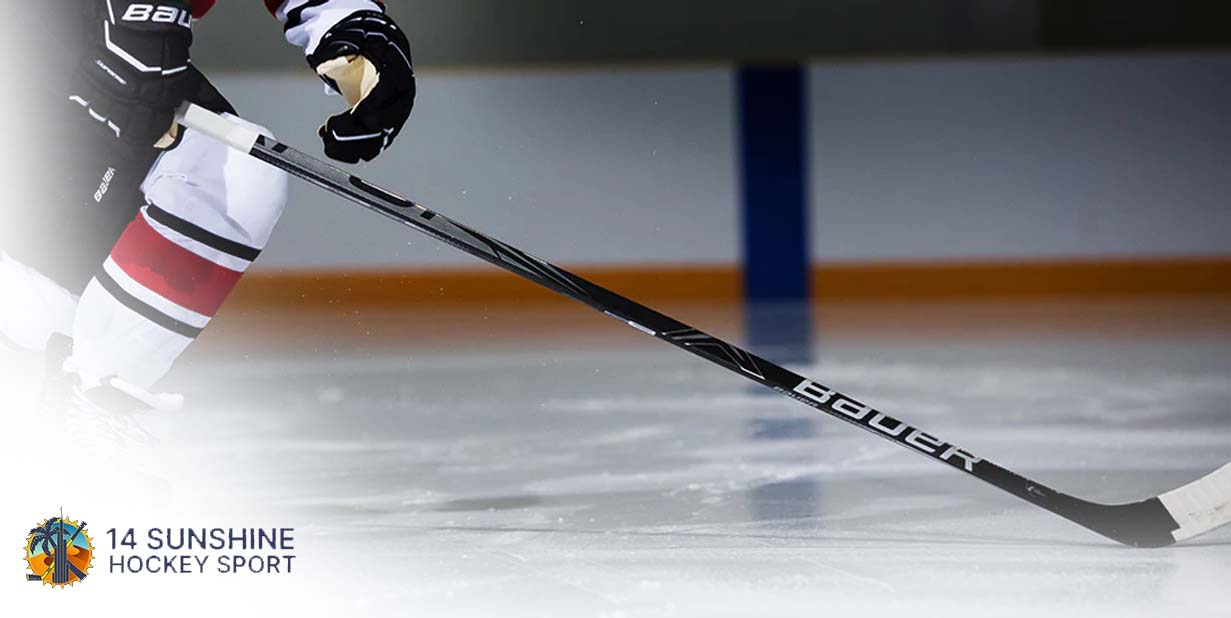
Your hockey stick isn’t just another piece of gear it’s an extension of your hands on the ice. Whether you’re a beginner or an experienced skater, choosing the right stick can dramatically impact your performance, comfort, and control.
In this guide, we’ll break down the three key elements you need to consider: flex, curve, and length plus how your position, size, and playstyle factor into the decision.
1. Stick Length: How Long Should Your Hockey Stick Be?
Stick length influences your reach, puck control, and shooting technique. Too long, and you may lose puck feel. Too short, and you’ll struggle with reach and balance.
How to measure the right length:
- Standing test (off-ice, in shoes): The stick should reach just below your nose.
- Standing test (with skates on): The stick should come up to your chin.
Position-based tips:
- Forwards often prefer slightly shorter sticks for better control and quick handling.
- Defence men might go with longer sticks for poke checks and reach on the blue line.
Customisation tip: Many players cut their sticks slightly or use an extension plug just remember this will affect flex (more on that next).
2. Stick Flex: How Much Bend Do You Need?
Stick flex refers to how much the stick bends when pressure is applied. It’s measured by the amount of force (in pounds) required to flex the stick one inch.
General rule of thumb:
Your ideal flex is typically half your body weight (in pounds).
Example: If you weigh 160 lbs, start with an 80 flex.
Popular flex ratings:
- 40–50: For youth and light players
- 55–65: For intermediate players or light adult players
- 70–85: For most adult players
- 95+: For strong shooters or defensive players who take slap shots
Flex vs. playstyle:
- Lower flex = more whip, easier to load shots, great for quick wrist shots
- Higher flex = stiffer, more powerful slap shots, better for strong players
Important note:
If you cut your stick down, the flex rating effectively increases. For every inch removed, flex increases by about 5 units.
3. Stick Curve: Blade Patterns & Their Purpose
The curve of your stick blade affects how you pass, shoot, and handle the puck. Blade curves come in different patterns, and while there’s no “best” option, it depends on your style.
Key curve elements:
- Curve type: Where the blade curves heel, mid, or toe
- Curve depth: How dramatic the curve is
- Face angle: How open or closed the blade is
- Lie: The angle between blade and shaft (influences how flat your blade sits on the ice)
Common curve types:
- Mid curve: Balanced control and accuracy (great for all-around players)
- Toe curve: Great for quick wrist shots and puck handling
- Heel curve: Offers powerful slap shots and long passes
Choose based on:
- Toe curve = Fast wrist shots, tight puck control
- Mid curve = Balanced play, good for beginners
- Heel curve = Big slap shots, solid for defence
4. Shaft Shape & Grip Finish: The Feel in Your Hands
While flex, length, and curve are the key performance factors, feel also plays a big role in comfort and control.
Shaft shapes:
- Standard round: Smooth and comfortable
- Square corners: More defined edges, some prefer the tactile feedback
Grip finishes:
- Grip: Tacky feel helps prevent your hands from sliding
- Clear: No grip, allows smoother hand movement
There’s no right or wrong try both and see what feels best to you.
5. Composite vs. Wooden Sticks
Most modern sticks are made of composite materials (carbon fibre blends), but you’ll still find wooden sticks in youth leagues or for casual play.
Pros of composite sticks:
- Lightweight
- Better consistency and power
- Wide range of flex and curve options
Pros of wooden sticks:
- Lower price
- Great for beginners or casual players
- More traditional feel
If you’re serious about improving your game, composite is the way to go though wooden sticks are great for driveway practice or budget-friendly pickup games.
6. Quick Buyer’s Checklist
Here’s a simplified checklist to help you pick the right hockey stick:
- Choose a length that hits your chin (with skates on)
- Match flex to about half your body weight
- Pick a curve based on your shooting and passing style
- Don’t forget feel: test grip vs. clear finish
- Know if you’re left- or right-handed
- Remember: cutting your stick increases flex!
Final Thoughts
Choosing the right hockey stick is all about finding the right match for your body, position, and playstyle. It might take some trial and error, but once you find your fit, you’ll notice the difference in puck control, shot power, and confidence on the ice.
Remember, the best stick is the one that feels right in your hands and supports your natural movements.


